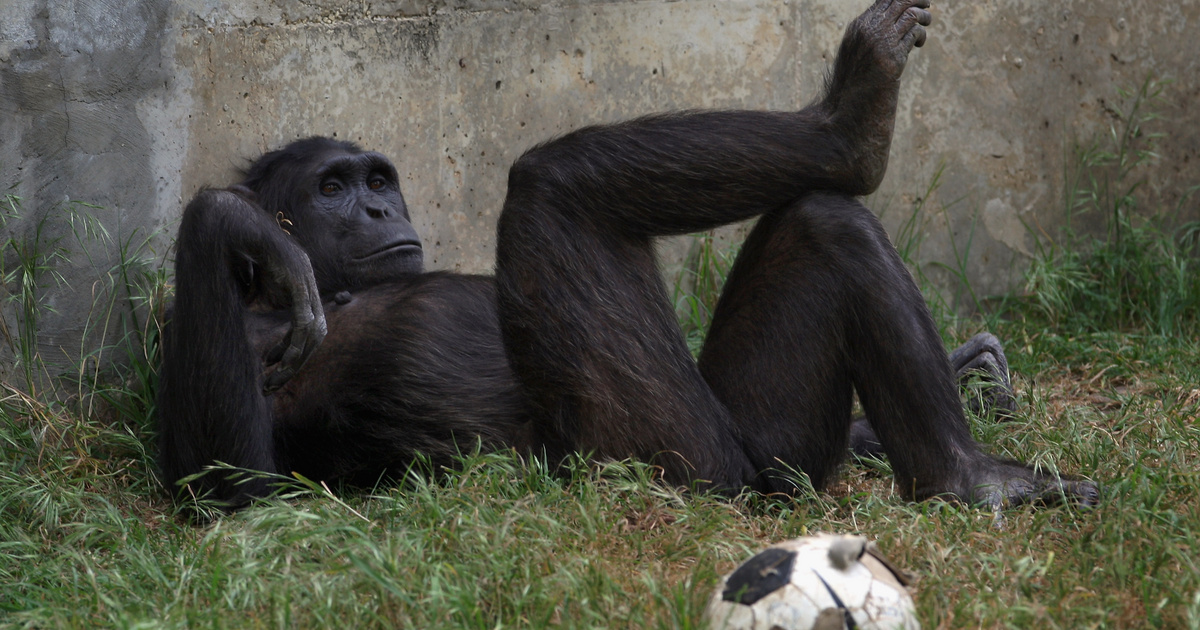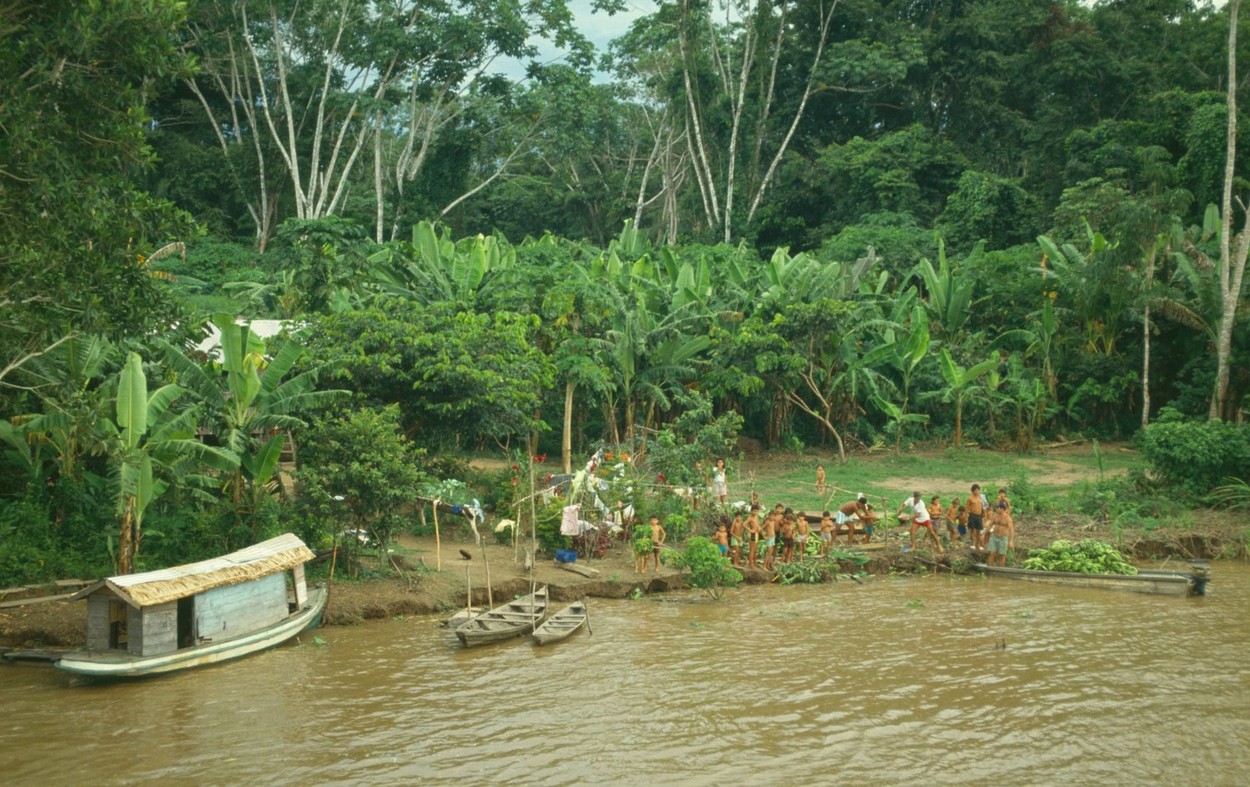the In the Amazon rainforest Ancient patches of super-fertile black earth that supported farming communities have been found in the dense forest for thousands of years. In recent decades, archaeologists have struggled to find an explanation for the so-called Amazonian Dark Earth, but new research shows that ancient cultures created them intentionally — and modern indigenous societies still produce them.
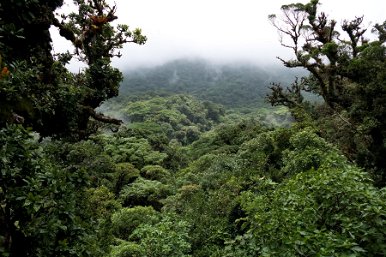
A lost man from the Amazon jungle was found after 5 weeks with no skin on his legs and serious injuries
Read more…
Read more…
“If you want large settlements, you also need a place where you can produce necessary food. However, in the Amazon, nutrients have been largely washed out of the soil, which is inherently poor for growing most plants.”
Taylor Perron, the study's author, explained in a statement. However, the Dark Earth is rich in vital elements such as carbon, phosphorus and potassium, and would have allowed humans to grow crops in areas that would otherwise be barren and sterile.
However, until now, scholars have been divided over the origin of the Dark Earth: some believe it was deliberately cultivated, while others believe it was created as an accidental byproduct of other agricultural practices. To get to the root of the problem, the study's authors traveled to the indigenous Quikuru region in the Brazilian Amazon, where they observed black earth in both ancient sites and modern villages.
Researchers at the current indigenous settlement called Koikuru 2 noted that local A From fishing Large quantities of nutrient-rich organic waste from cassava cultivation are piled up in rubbish heaps. After a few years, these piles were turned into black soil, which was then used to grow crops that required nutrients and did not grow well in the original Amazonian soil.
“We saw activities done to amend the soil and increase the elements, such as spreading ash on the ground or spreading charcoal around the base of the tree, which was clearly an intentional activity.”
– explained Morgan Schmidt, author of the study. The villagers also described their soil-building traditions and practices to researchers, referring to black earth as “Igibi.”
To determine whether the same practices were used in the distant past, the research team compared the dark earth from Koikuru 2 with samples from nearby archaeological sites, including some ancient villages that were once home to Koikuru ancestors. The oldest of these samples was about 5,000 years old, while the other samples ranged from about 1,000 to 300 years old.
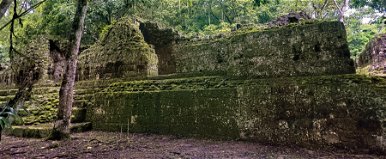
A 3,000-year-old lost city has been discovered deep in the jungle, and archaeologists have never seen anything like it before
Read more…
Read more…
The results showed that the spatial arrangement of the black soil in these ancient settlements is the same as that of Koikuru II. With its settlement: Most of it was placed in the center of the village, and the composition of the ancient and modern black earth was also the same, both showed a tenfold increase in phosphorus, potassium, calcium, magnesium, manganese and zinc compared to the black earth. Amazonian soil unchanged.
“These are all elements found in humans, animals and plants, and they reduce the toxicity of aluminum in the soil, which is a notorious problem in the Amazon.”
Schmidt said. Based on these observations, the researchers concluded that local people had been intentionally creating black soil for thousands of years, and that “such tillage practices facilitated food production in low-fertility soils.”
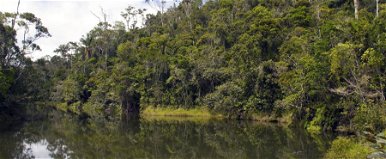
The grave of a Hungarian man in the African jungle, who was elected king by the indigenous people at the end of the 18th century
Read more…
Read more…
It was also found that black earth stores huge amounts of carbon because it is made of organic matter. In the ancient settlement of Siku, for example, it is estimated that 4,500 tons of charcoal remained in the black soil for centuries.
“The ancient people of the Amazon put a lot of coal into the ground, and much of it still exists today.”
Study author Samuel Goldberg said:
“This is exactly what we want for climate change mitigation efforts. Maybe we can adapt some local strategies on a larger scale to sequester carbon in the soil in a way that we now know will stay there for a long time.”
– The researcher suggests.




















